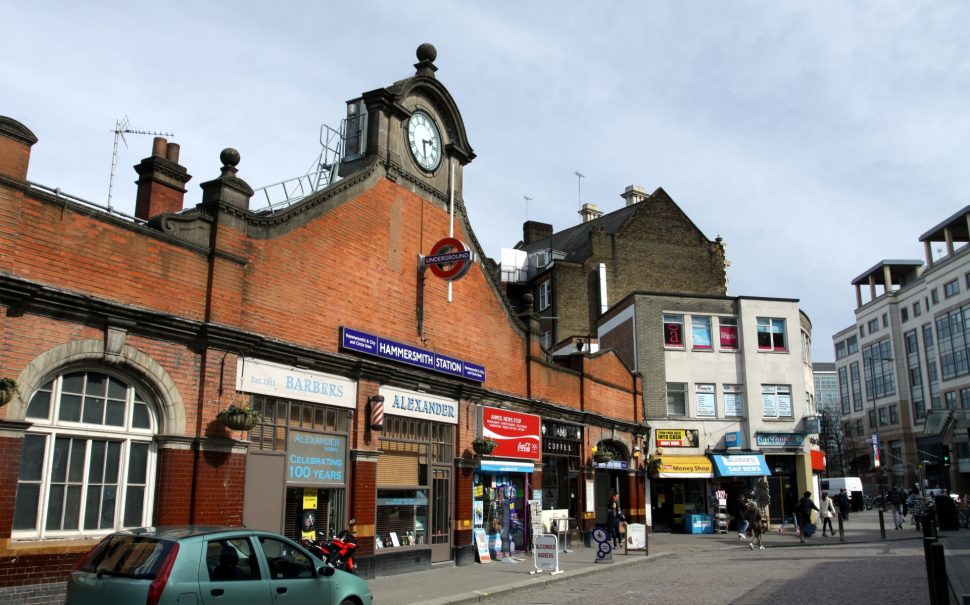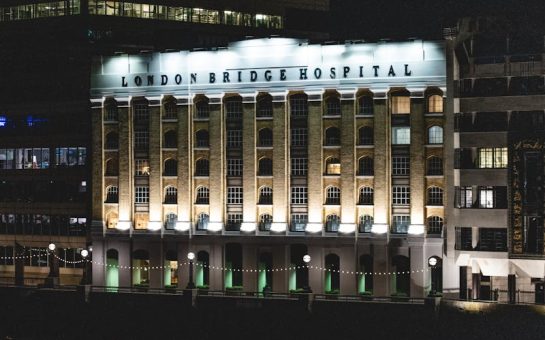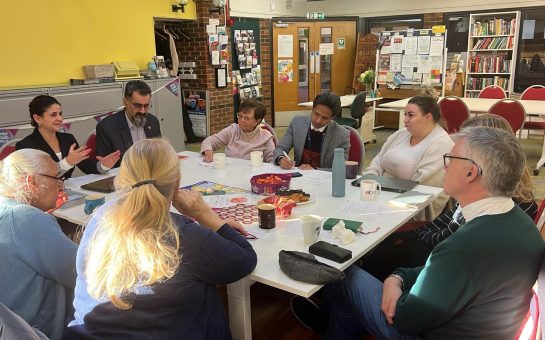Suicide rates fell across London over a 20-year period, but not in the borough of Hammersmith & Fulham, analysis of Office for National Statistics data revealed.
The west London borough acknowledged the high rate but could not offer a definitive reason.
However the analysis has not taken them wholly by surprise and they point to specific action.
A borough spokesperson said: “We have a suicide learning panel and a suicide prevention group.
“We learn from any new tragic suicide and build the learning into our prevention strategy.
“Given the high number of cases we have now refreshed that group to update the plan given changing needs in the population.”
The figures in Hammersmith and Fulham have gone up from 10.6 per 100,000 people in 2001-2003 to 11 per 100,000 people in 2020-2022.
Comparatively, the rate across the capital was 10.1 people per 100,000 in 2001-2003, down to 6.9 people per 100,000 in 2020-22.
ONS data also revealed Hammersmith & Fulham has had the highest suicide rate of any London borough for the last two full periods of verified data.
Neighbouring Kensington & Chelsea, Camden and Hackney also had high levels.
Suicide prevention plan
This data has not taken the borough wholly by surprise.
In 2021 they published a suicide prevention needs assessment which brought together local service providers and used data from the coroner’s office, NHS, and police services to create a comprehensive overview of the issues facing people at greatest risk of suicide.
The council found the trigger factors were a high prevalence of unemployment, crime, social isolation, poverty, and substance misuse issues.
This initial assessment also discovered that 7% of the adult population in Hammersmith and Fulham has a diagnosis of depression.
This is lower than levels in the rest of London.
A neighbourhood model
The spokesperson added: “Our Adult Social Care team is looking at how we can work better with NHS and voluntary sector partners.
“We are moving towards a neighbourhood model, which enables teams from Hammersmith & Fulham and the NHS to work within the communities.
“We already have good networks for supporting people with drug, mental health and alcohol issues."

The Listening Place
Part of Hammersmith & Fulham Council’s approach has to been to commission a suicide crisis centre to support people in the borough.
The Listening Place's main office on Shepherds Bush Road receives more than 600 referrals per month and supports more than 5,000 people per year.
They make clear there is no stereotypical visitor.
Their website states: “The people we support come from a widely diverse range of backgrounds, experiences and ethnicities.
“Many have been the victims of incredibly challenging situations.”
The Listening Place’s own research revealed: “On the 10 point scale, feelings of suicidality dropped from 7.03-5.13. after accessing the service.”
At the time of speaking, data from 2023 had yet to be finalised, but the council have continued to build a picture in the borough to better understand the high rates.
They found that 15 out of 21 people who had died by suicide had an underlying mental health condition.
However only nine had been in contact with mental health services in the last year of their life.
Access is crucial
The mental health charity Mind are active in the borough and picked up on this point.
They highlighted that good access to mental health services is crucial in helping people before they make a tragic decision.
A Hammersmith, Fulham, Ealing and Hounslow (HFEH) Mind spokesperson said: “Communities with limited social support networks and lack of community engagement may experience higher rates of suicide.”
The charity runs a Safe Space centre on Lillie Road, which is a local hub for anyone nearing crisis point.
Crucially this includes carers.
The council’s assessment in 2021 found 74% of carers experienced social isolation, a higher proportion than elsewhere in London and England.
Data was not available to test any correlation with suicide rates, but it does hint at a borough-specific problem.
Smashing the stigma
HFHE Mind said they couldn’t give a definitive answer about why rates remain high in Hammersmith & Fulham, but touched on possible causes.
The charity spokesperson added: “Cultural attitudes toward mental health and help-seeking behaviour can also impact suicide rates within society.
“Stigma surrounding mental health and suicide can prevent individuals from seeking support, especially men.”
ONS data highlights that nationwide the level of suicides in men is far higher than that in women.
The last confirmed data in 2021 found that the average rate in the whole of England for men was 15.2 per 100,0000 men compared with 4.9 per 100,000 women.
Mind said they will continue to work in partnership with relevant agencies to break this stigma.
The spokesperson added that more women seek their help than men.
Access for the younger generation
Mind also offers Safe Space services in A&E departments.
Adults who visit A&E for emergency mental health support can be referred to the Safe Space Emergency Department via Psychiatric Liaison Teams.
With nearly a third of the borough’s popoulation (31 per cent) 24 and under, Mind have taken a proactive approach with younger people.
Their spokesperson added: “Through targeted promotion at local universities and colleges, we have seen an increase in the younger population accessing Safe Space.
“We have also seen that most of the Safe Space Emergency Department visitors referred in the community have been of a younger age.”
No easy fix
The Mind spokesperson agreed with The Listening Place’s assessment that there is no stereotypical person who may reach crisis point.
He said: “Suicide is a complex issue with multifaceted causes.
"Individual cases can be influenced by a combination of biological, psychological, social, and environmental factors.”
The drop in suicide rate in the latest data offers hope that council and charity outreach is having an effect.
A downwards trend across London
Other parts of the couple have seen a drop in suicide rates, most notably in Camden & Islington.
Islington Mind made the shortlist for the 2023 Civil Society Charity Awards in the Social Care, Advice & Support category, and they have worked in concert with the two boroughs.
Islington Mind CEO Sigal Avni said: “Our efforts revolve around making mental health services accessible, providing timely support, and creating integrated health systems that benefit everyone. Through genuine community engagement, we work diligently to reduce local inequalities and ensure our services genuinely meet people’s needs.”
Ms Avni also picked up on a point raised by Mind in Hammersmith – that frequently men don’t come forward.
She added: “Middle aged men are at a higher risk of death by suicide.
“Regardless of how progressive we might like to think ourselves as a society, stigma and societal expectations still silence men, preventing them from speaking out.
“We are deeply committed to raising awareness and fostering open conversations.”
No one was available for comment from either Camden or Islington borough councils, but their joint suicide prevention strategy states: “Poverty, job insecurity, abuse, social exclusion, and loneliness, as well as poor mental health, are key contributors to suicide risk.
“A relentless focus on tackling inequality is central to everything we do in Islington.”
The reduced numbers of death by suicide in the two boroughs shows this “relentless focus” seems to be paying off.
The drop in suicide rate in the latest data for Hammermsith & Fulham offers hope that council and charity outreach and more collaborative services can have a similar effect.
If you live in Hammersmith & Fulham and are struggling, please reach out.
You can contact The Listening Place here.
Safe Space can be found here.
You can contact Samaritans any time for free on 116 123.
Featured image credit: Chmee2 via Wikimedia Commons under CC BY-SA 3.0 licence





